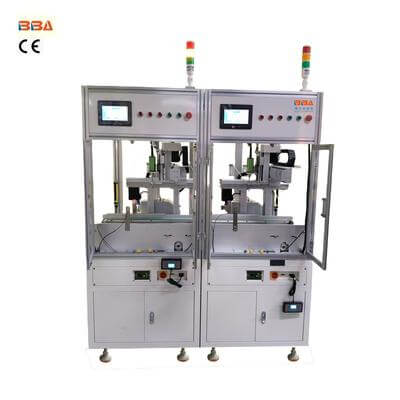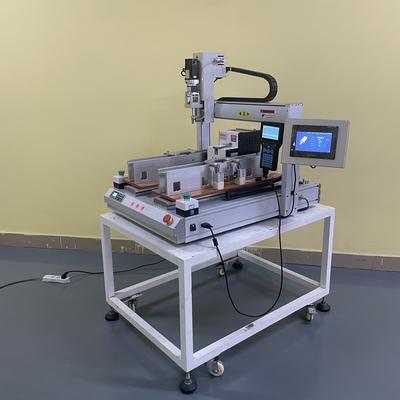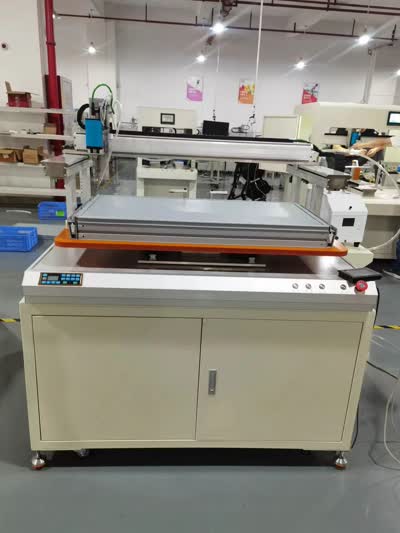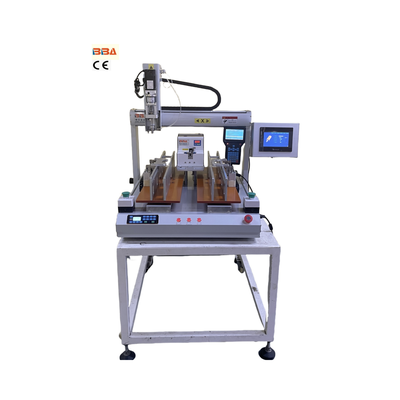Vision-Integrated Tightening Equipment | Industrial Automation Solutions

| Product Name | Applicable industries |
| Screw Locking Robot | Automotive Electronics Assembly |
In the rapidly evolving landscape of industrial automation, the integration of vision systems into tightening equipment has emerged as a game-changer. This innovative combination enhances precision, efficiency, and quality control in manufacturing processes, setting new standards for reliability and performance. By leveraging advanced imaging and artificial intelligence, manufacturers can achieve unparalleled accuracy in fastening applications, ensuring consistent results across high-volume production lines.
Vision systems bring a critical layer of intelligence to tightening equipment. Traditional torque-controlled fastening relies solely on mechanical measurements, which may not account for variations in material properties, surface conditions, or part positioning. With integrated vision technology, the system can visually verify component alignment, detect missing or misoriented parts, and confirm proper fastener seating before applying torque. This proactive approach minimizes errors and reduces the risk of product defects or assembly failures.
The operational benefits of vision-integrated tightening systems are substantial. Real-time image processing allows for immediate feedback and adjustment during the fastening process. For instance, the system can detect if a screw is cross-threaded or if the fastener is improperly seated, preventing damage to components before it occurs. This level of quality assurance is particularly valuable in industries with stringent safety requirements, such as automotive, aerospace, and medical device manufacturing, where each connection point could impact product performance or user safety.
Modern integration techniques combine high-resolution cameras with intelligent software algorithms capable of pattern recognition and machine learning. These systems can be trained to recognize specific assembly configurations, adapt to product variations, and even predict potential failure points based on historical data. The visual data collected during operations also creates valuable documentation for quality control records, facilitating traceability and compliance with industry standards.
Implementation considerations for vision-equipped tightening systems include proper lighting setups to ensure consistent image quality, selecting appropriate camera resolutions for the required precision, and integrating the visual data stream with existing production monitoring systems. System calibration must account for various working distances and angles to maintain accuracy across different assembly configurations. When properly configured, these integrated solutions can significantly reduce downtime, minimize rework, and improve overall equipment effectiveness.
As industrial automation continues advancing, the convergence of vision technology with traditional tightening equipment represents a significant leap forward in manufacturing quality control. This integration not only enhances process reliability but also provides manufacturers with actionable data to continuously improve their operations. The result is a smarter, more adaptive production environment where visual verification and precise mechanical fastening work in harmony to deliver consistently high-quality products with maximum efficiency.


